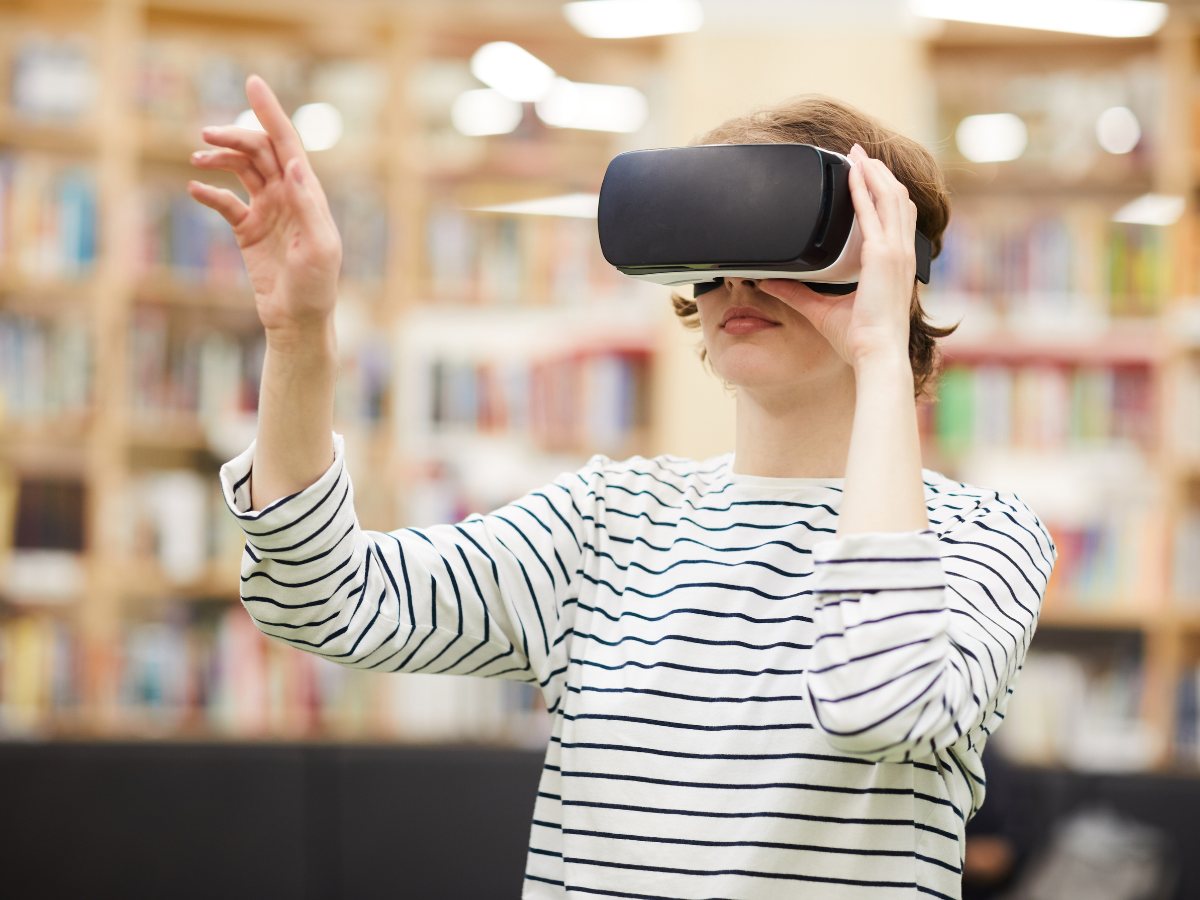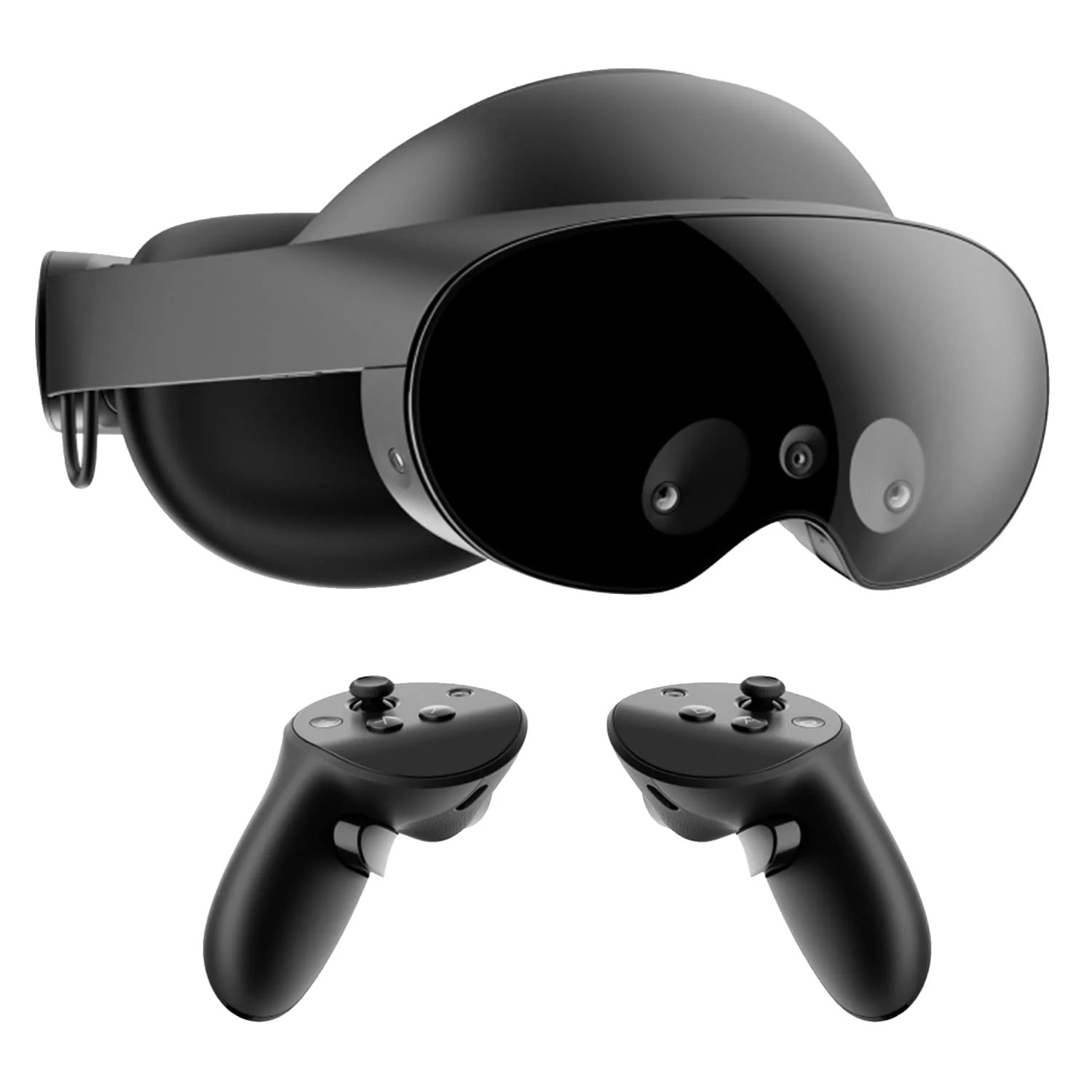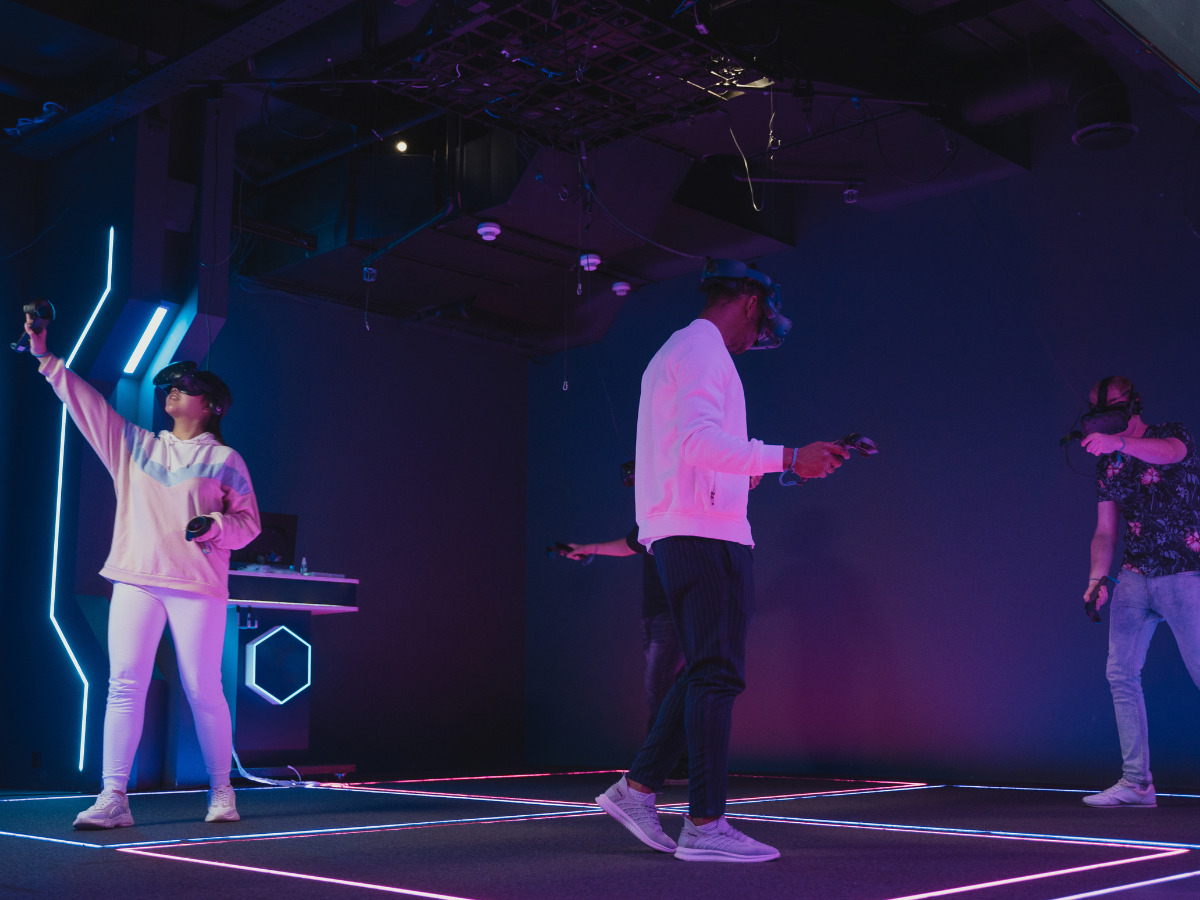Virtual Reality has made its mark as a groundbreaking technology, revolutionizing entertainment, communication, and gaming. However, its influence goes beyond these realms, as VR has emerged as a powerful tool for education and rapid learning. By immersing users in lifelike and interactive virtual environments, VR offers a transformative approach to learning.
The magic of VR lies in its ability to transport users to entirely new worlds with just a headset. Imagine putting it on and instantly finding yourself in different eras, locations, and scenarios. This immersive experience engages our senses and enhances the learning process, allowing us to actively participate and gain a deeper understanding of knowledge.
In contrast to passive learning methods, where information is simply absorbed, VR provides interactive learning experiences that truly leave an impact. Through simulations, virtual experiments, and realistic problem-solving scenarios, learners can apply their knowledge in a hands-on manner. This active engagement makes learning more effective and memorable.
Engaging and motivating learners is a perpetual challenge in education, and this is where VR shines. By offering an engaging and dynamic learning environment, VR captivates learners’ attention and sustains their interest. Incorporating gamification elements, rewards, and interactive challenges, VR-based learning keeps learners motivated, resulting in improved outcomes and increased knowledge retention.
The applications of rapid learning in VR extend across various fields and industries. For instance, in medical education, VR simulations allow students to practice complex surgical procedures without putting real patients at risk. In engineering and architecture, VR enables the design and exploration of virtual prototypes, fostering creativity and innovation. Even language learning can benefit from VR, providing immersive cultural experiences and conversation simulations to enhance language acquisition. The possibilities are endless and continue to expand with advancing technology.
While the potential of VR in rapid learning is promising, challenges must be addressed. The cost and accessibility of VR hardware and software remain barriers for educational institutions and learners. Creating high-quality, educational VR content requires expertise and resources. Additionally, standardization and interoperability across VR platforms are crucial for seamless integration into existing educational frameworks.
Looking ahead, the future of rapid learning in VR holds tremendous promise. As technology progresses and becomes more affordable, VR will become accessible to a broader audience, including students of all backgrounds and ages. The integration of artificial intelligence and machine learning algorithms can further enhance personalized learning experiences and adaptive content delivery within VR. Collaborative VR environments may enable learners from different parts of the world to interact and learn together, fostering cross-cultural understanding and collaboration.
Virtual Reality has the potential to revolutionize education by providing an immersive and unforgettable learning experience. Although challenges persist, the future of VR in education looks promising, shaping a learning landscape that goes beyond traditional boundaries as more people gain access to this new technology. So, get ready and dive into the exciting world of learning in Virtual Reality!




